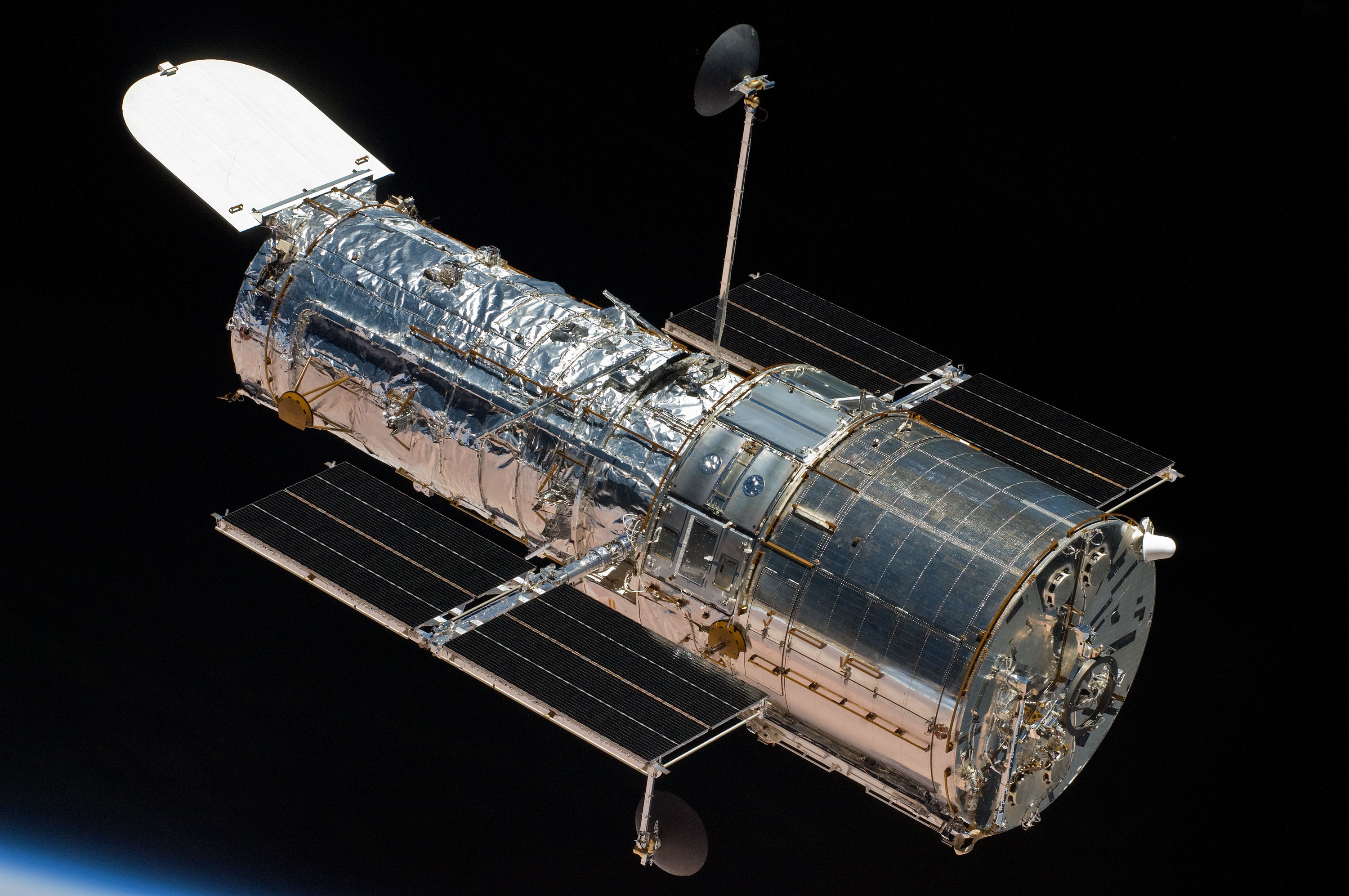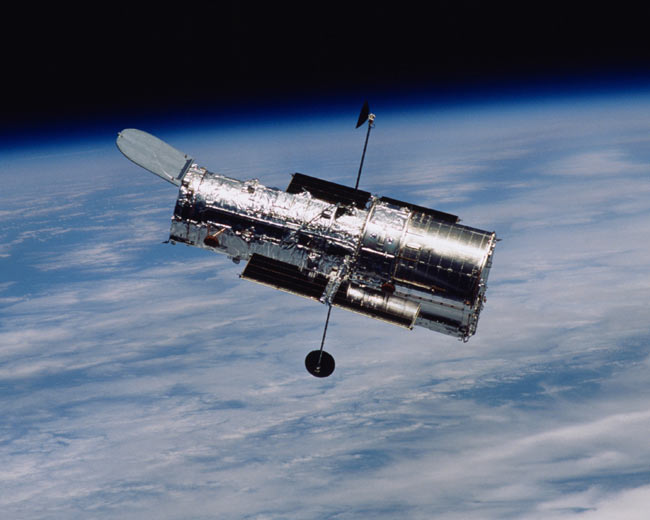
NASA's Hubble Space Telescope shouldn't be sidelined for too much longer.
Hubble went into a protective "safe mode" last Friday (Oct. 5) after one of its orientation-maintaining gyroscopes failed. Mission team members tried to recruit a backup gyro, but that instrument has not cooperated to date, returning anomalous data readings.
The Hubble team has convened an "anomaly review board" to get to the bottom of this bad behavior, and to determine if it can be fixed, NASA officials said in an update Friday (Oct. 12). [The Hubble Space Telescope: A 25th Anniversary Photo Celebration]
Hubble has six gyroscopes, all of which were replaced by spacewalking astronauts in 2009, and needs three working ones to operate at maximum efficiency. Three gyros have now failed. So it would be very nice to get the balky backup online — but it's not absolutely essential, NASA officials said.
"If the team is successful in solving the problem [with the backup], Hubble will return to normal, three-gyro operations," the officials wrote in Friday's update. "If it is not, the spacecraft will be configured for one-gyro operations, which will still provide excellent science well into the 2020s, enabling it to work alongside the James Webb Space Telescope and continue groundbreaking science."
One-gyro operations would leave the second functioning gyroscope in reserve, as a backup.
Hubble launched to Earth orbit in April 1990, aboard the space shuttle Discovery. But the telescope's initial images weren't as sharp as expected, a problem that astronomers traced to a slight defect in Hubble's primary mirror.
Get the Space.com Newsletter
Breaking space news, the latest updates on rocket launches, skywatching events and more!

This problem was solved in December 1993, when astronauts installed corrective optics. Spacewalkers further maintained and upgraded Hubble over the course of four additional servicing missions. The gyroscope replacement occurred during the last of these, in May 2009.
Hubble was designed to gather data for at least 15 years, so the iconic scope has nearly doubled its expected lifetime to date. During its 28 years in orbit, Hubble has helped astronomers make a variety of groundbreaking discoveries and snapped countless gorgeous photos that have wowed millions of people around the world.
Hubble's mission is run jointly by NASA and the European Space Agency.
Mike Wall's book about the search for alien life, "Out There," will be published on Nov. 13 by Grand Central Publishing. Follow him on Twitter @michaeldwall. Follow us @Spacedotcomor Facebook. Originally published on Space.com.
Join our Space Forums to keep talking space on the latest missions, night sky and more! And if you have a news tip, correction or comment, let us know at: community@space.com.

Michael Wall is a Senior Space Writer with Space.com and joined the team in 2010. He primarily covers exoplanets, spaceflight and military space, but has been known to dabble in the space art beat. His book about the search for alien life, "Out There," was published on Nov. 13, 2018. Before becoming a science writer, Michael worked as a herpetologist and wildlife biologist. He has a Ph.D. in evolutionary biology from the University of Sydney, Australia, a bachelor's degree from the University of Arizona, and a graduate certificate in science writing from the University of California, Santa Cruz. To find out what his latest project is, you can follow Michael on Twitter.










